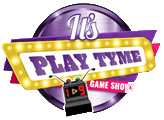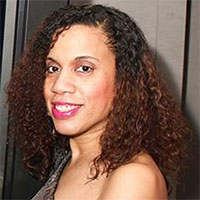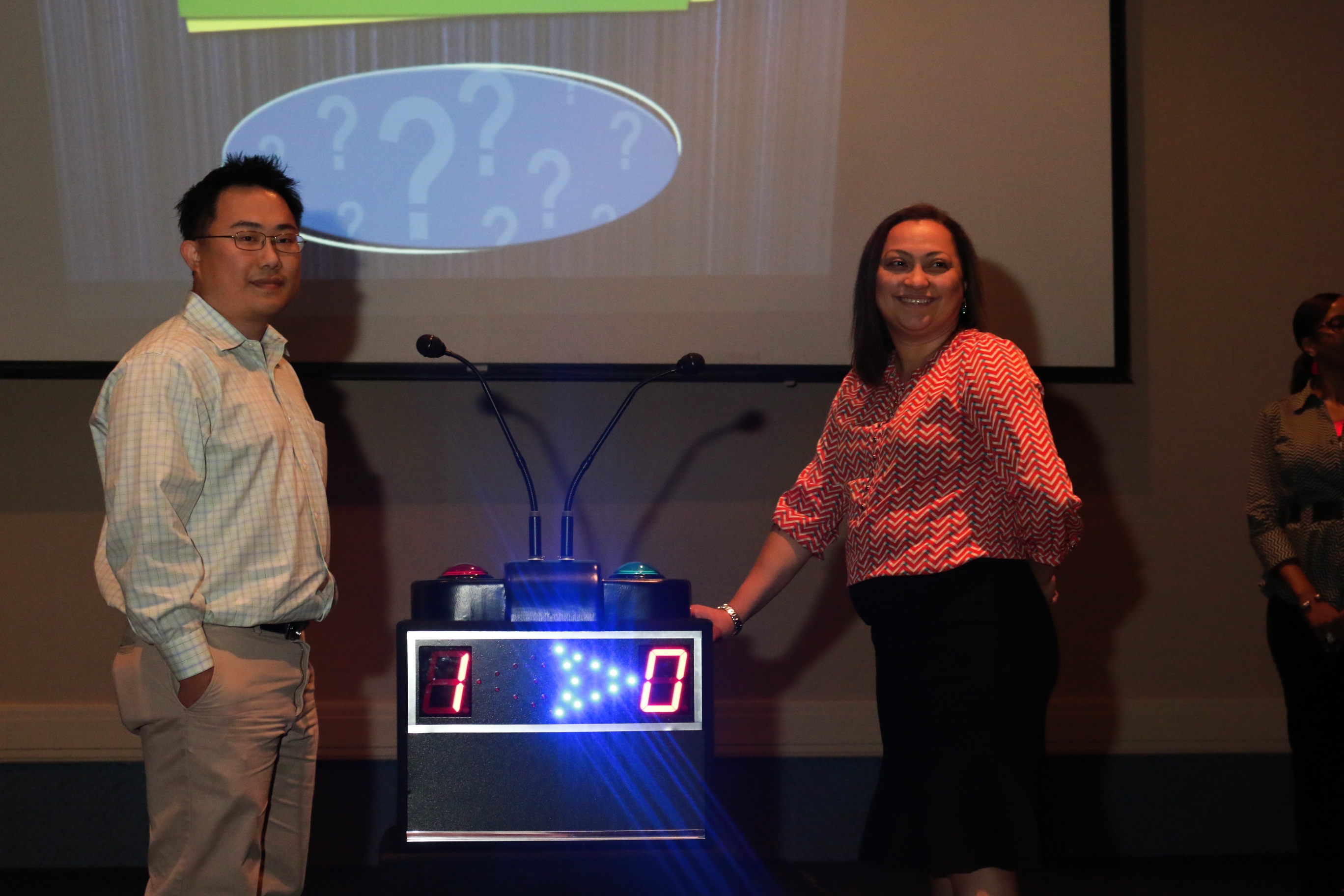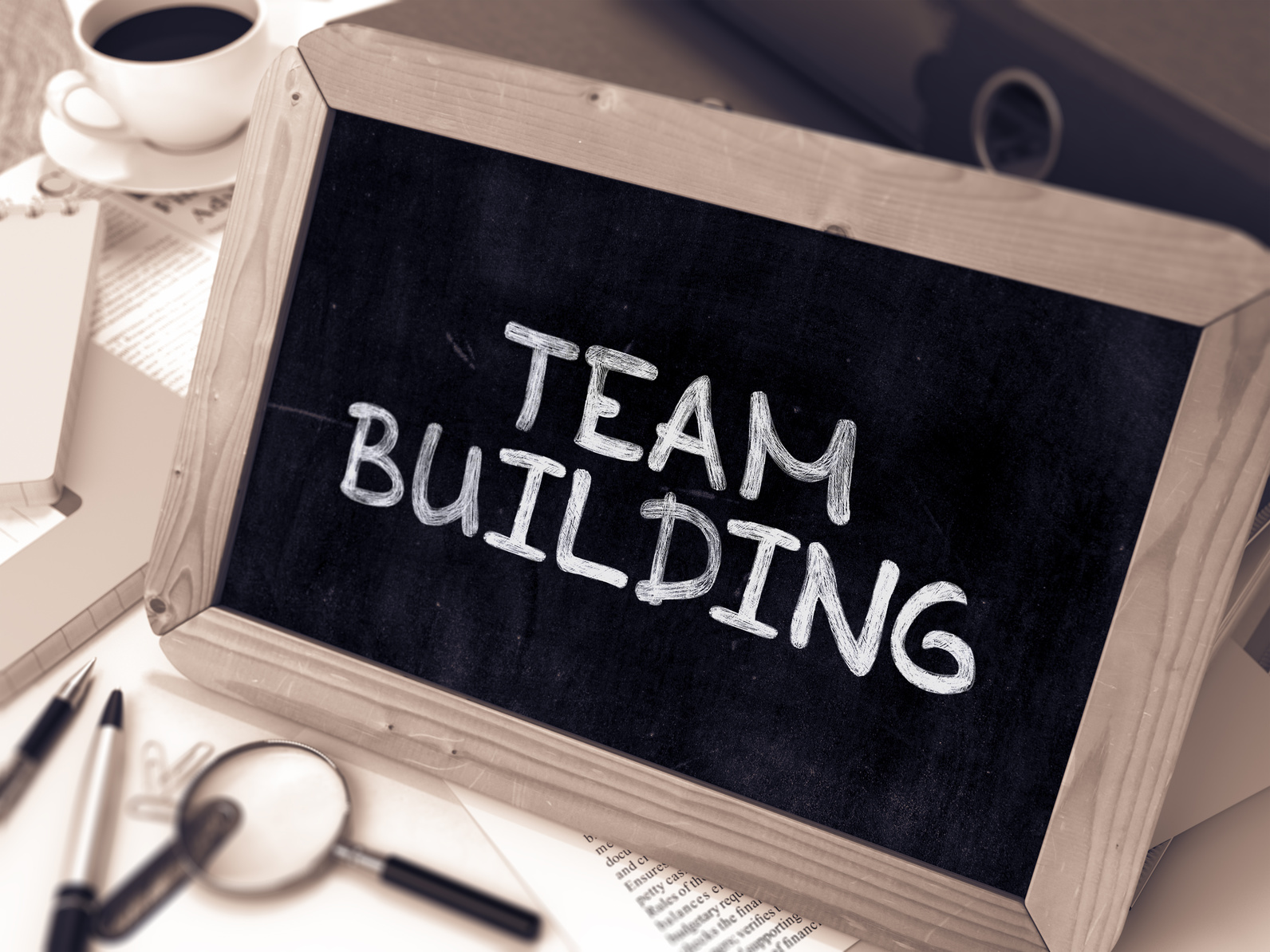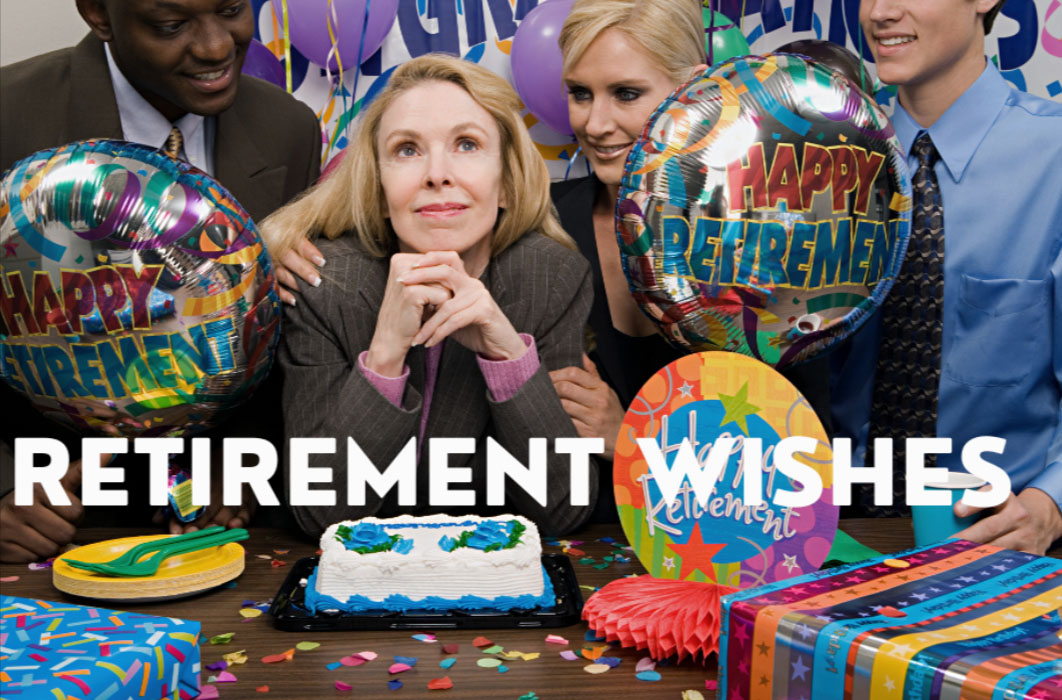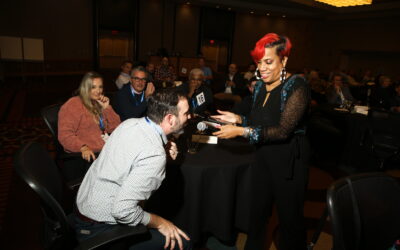A recent study found that 67% of executives often tune out during important meetings. This lack of focus at the top can cost companies a lot. Traditional training methods often fail to keep senior leaders engaged.
Corporate game shows offer a new way to engage even the most skeptical executives. These interactive events turn jaded leaders into active participants. They create a safe space for strategic thinking, unlike traditional workshops.
Game shows are designed to break down barriers and encourage real teamwork. They tap into leaders’ competitive spirit while keeping things fun. This helps them see challenges in new ways.
This guide will show you how to use game shows for leadership teams. You’ll learn how to create engaging content for senior executives. It also covers how to measure the impact on decision-making and team alignment.
Key Takeaways
- Interactive game shows create psychological safety for honest communication among executives
- Game-based methodologies drive strategic thinking more effectively than traditional workshops
- Competitive elements tap into leaders’ natural drive while fostering collaboration
- These approaches work for both in-person retreats and distributed leadership teams
- Properly designed games lead to measurable improvements in decision-making and alignment
- Game shows break through engagement barriers at top organizational levels
The Challenge of Engaging High-Level Executives
Senior leadership teams often struggle to engage in meaningful ways. The unique role of executive management can make collaboration and strategic thinking hard. It’s key to understand these challenges before finding solutions that work for your C-suite team.
Common Issues with Executive Meetings
Executive meetings often follow the same patterns, which can limit their impact. Dominant personalities often take over, while quieter, yet valuable, voices are ignored. This imbalance means the loudest, not always the wisest, ideas get heard.
Digital distractions make things worse. Senior leaders often split their focus between the meeting and their devices. This makes deep strategic thinking hard and shows others they don’t need to fully engage.
- Political considerations are preventing authentic dialogue
- Strategic discussions devolving into operational details
- Meetings are becoming information-sharing sessions instead of decision-making forums
- Lack of psychological safety for expressing dissenting views
Why Traditional Team Building Falls Flat with Senior Leaders
Standard team-building exercises usually don’t grab the attention of C-suite members. They often see these activities as simple or unrelated to their daily challenges. This makes them mentally disengage or show reluctance.
The hierarchical structure of executive teams adds to the challenge. Many team-building methods ignore the complex power dynamics among senior leaders. Activities that work for frontline teams might feel forced or artificial for those in positions of authority.
Time is also a big factor in why executives resist team building. They are very protective of their schedules. Traditional team building rarely shows clear benefits, making it an easy target for dismissal.
Why Game Shows Energize Leadership Teams
Leadership teams do well in game show settings. These formats tap into basic human drives and break down usual team dynamics. When executives leave their spreadsheets for a world of buzzers and timers, something special happens.
The room’s energy changes, and communication barriers fall. Even the quietest C-suite members show hidden talents and views.
a) The Psychology Behind Competitive Engagement
Competition sparks strong brain responses that boost learning and memory. In game show settings, leaders’ brains get a dopamine rush. This “reward chemical” makes them feel good and focused.
Effective game shows offer the right mix of challenge and ease. Too easy, and it’s boring; too hard, and it’s frustrating. The perfect balance keeps leaders engaged and creative.
b) Benefits of Gamification for Executive Decision-Making
Game shows let leaders practice making big decisions in a safe space. A well-crafted game can mimic months of market changes in minutes. This gives teams a chance to think strategically fast.
Game mechanics also make hidden patterns clear. When leaders decide within the game rules, their usual patterns show. This reveals biases and team dynamics that might not be seen in regular meetings.
Many teams use team-building retreat games for these experiences. They help leaders focus and open up to new ideas.
c) Creating Psychological Safety Through Play
Game shows are great for building trust among leaders. When they laugh and compete, status differences disappear. This creates a safe space for risk-taking.
This safety lets leaders communicate honestly. Even the most reserved can speak up in a game setting. New team members find their voice more easily in these playful situations.
The fun and camaraderie from game shows strengthen leader relationships. These bonds improve team dynamics long after the game ends.
Popular “Game Show Formats” for Corporate Leadership
Using game show formats for corporate leadership is a fresh way to tackle challenges. These interactive sessions can change how leaders tackle tough topics. They also help strengthen your team and improve how you run your company. Let’s look at four game show formats that work well with leadership teams.
1 – Family Feud for Organizational Alignment
Family Feud games are great at showing where leaders and the team might not see eye to eye. They do this by asking employees, customers, or stakeholders about important business questions first.
Then, leaders try to guess the most common answers. This reveals big differences between what leaders think and what happens in the company. Questions like “What do employees value most about our company culture?” or “What do customers find most frustrating about our service?” give deep insights.
The real benefit comes after each round, when leaders can talk about why their guesses were off. This safe space helps address issues that might not be talked about openly in your team.
2 – Jeopardy-Style Knowledge Competitions
Jeopardy games make learning about technical or compliance topics fun. They also show where your team might need to brush up on certain areas. The trick is to make the categories both challenging and accessible.
Good categories might include “Industry Trends,” “Company History,” “Customer Insights,” or “Regulatory Requirements.” The best Jeopardy-style games for work use important business info in a way that doesn’t feel like a test.
“Our leadership team learned a lot about our regulatory environment through our Jeopardy game. The competition made them pay attention in ways our usual presentations didn’t,” says a Fortune 500 Chief Operating Officer.
3 – Who Wants to Be a Millionaire for Strategic Decision-Making
The Millionaire format is perfect for practicing making big decisions. Questions get harder as the game goes on, requiring smarter thinking.
The lifelines (Phone-a-Friend, 50/50, Ask the Audience) can help teams work together better. For example, “Phone a Department” lets leaders get advice from different teams.
This format shows how leaders handle stress, whether they like to get input before deciding, and how they weigh different pieces of information. All these are key to good corporate governance.
4 – Shark Tank for Innovation Pitches
Shark Tank-style sessions are great for evaluating new ideas and giving feedback. Teams prepare pitches for new ideas, improvements, or big plans, while leaders act as investors.
It works best when you have clear rules for judging ideas. The questions help create a balance between being creative and practical. This way, everyone learns to give better feedback.
This approach makes innovation more open and teaches leaders to give better feedback. Many teams find that using game shows at team retreats leads to big business ideas.
The competition helps leaders explain how they make decisions more clearly. This often shows big differences in how they see opportunities and risks.
Step-by-Step Planning for Your Leadership Team Game Show
Every successful leadership game show starts with a detailed plan. This plan makes sure the event is both fun and strategic. It’s all about balancing business goals with fun activities. When done right, these games can change how teams work together and make decisions.
Defining Clear Objectives and Desired Outcomes
First, decide what you want your game show to achieve. Do you want to boost strategic thinking, improve teamwork, or find talent gaps? Your goals should match your business needs.
Make a simple plan that covers:
- The main business challenge the game will tackle
- The leadership skills you want to see or develop
- How you measure success
- How you’ll use the insights gained after the game
Share your goals with important people, but keep the surprise and fun for the team. Executives do best when they see the value in what they’re doing.
Selecting the Right Format for Your Team
Not every game show fits every team. Choose one that fits your team’s size, dynamics, and comfort with competition. Some teams thrive on competition, while others might feel stressed.
Match the game to your learning goals by thinking about:
- How your team works together and their hierarchy
- The culture and how it affects participation
- The technical needs for online or mixed formats
- The busy schedules of your executives
The best games let leaders show their strategic thinking and help teams work together better.
Creating a Detailed Production Timeline
Good game shows need careful planning. Make a detailed timeline that starts from your event date and goes backward. This includes all the prep work.
Your timeline should include:
- Steps for creating the game content
- Technical rehearsals and checks
- Training for the team running the game
- Updates for the players
- Debrief and planning after the game
For online games, add extra time for tech checks and have backup plans for tech problems. The best games seem easy, but are the result of lots of hard work.
By following this structured plan, you’ll create a game that energizes your team and gives valuable insights. The effort you put into planning will pay off in both fun and results.
Developing Content That Challenges Leadership Teams
The heart of a good leadership game show is its content. It must stretch executive thinking. The format is engaging, but the substance of your questions and scenarios is key. It turns a simple game into a powerful tool for leadership development.
To create content that resonates with senior leaders, you need careful planning. You must understand your organization and the psychology of executive decision-making.
Crafting Questions That Provoke Strategic Thinking
Effective questions for leadership teams do more than test basic knowledge. They make executives think deeply about situations and challenge their business assumptions.
Use the “what if” framework to encourage forward-thinking. For example, instead of asking “What was our market share last quarter?”, ask “What would happen to our market position if our top competitor dropped prices by 15%?”
Make your questions layered to require both analytical and creative thinking. Start with data, then ask participants to extrapolate implications or develop strategies. This mirrors the complex decisions executives face every day.
Integrating Company Data and Business Challenges
Turn your business metrics into engaging game content. Create questions that require interpretation, not just recall. Use recent customer feedback, market research, or financial trends as the basis for scenarios.
When using company data, present it visually whenever possible. A graph or chart can spark questions about trends, anomalies, or responses. This makes the game relevant to current priorities.
Consider using a Wheel of Fortune format for team challenges. This familiar framework focuses on strategic issues.
Creating Scenarios That Simulate Real-World Decisions
Scenario-based questions help leaders practice strategic decision-making. Design decision trees with meaningful consequences that reflect real business constraints.
For example, present a scenario where a major client is threatening to leave. Offer multiple response options with different resource requirements and outcomes. Ask teams to debate and select their approach, then reveal the results.
These scenarios are powerful when they include realistic constraints like limited budgets or tight timelines. The game format often reveals decision-making patterns that might be hidden.
Hybrid Solutions for Distributed Leadership Teams
With teams spread across locations, designing game shows for both in-person and remote participants is key. Digital platforms provide equal access to questions and responses.
Use digital polling tools for independent answers before group discussions. This ensures all voices are heard, not just the loudest.
For hybrid meetings, mix teams with both in-person and remote members. Provide clear visual cues for all participants, regardless of location.
The Ripple Effect: What Happens After the Show
Leadership game shows create excitement, but their lasting impact depends on what happens next. The real change starts when teams go back to their daily tasks. A good game show can spark change, but without follow-up, it fades away.
Creating lasting change means turning insights into actions. This process helps teams grow and improve.
Successful team building for leaders goes beyond the event. Game shows can reveal strengths and weaknesses. They offer chances for growth.
Let’s look at how to make the most of your game show investment.
Key Performance Indicators for Team Engagement
Measuring a game show’s impact is more than just asking if people had fun. Look at how teams work together and make decisions. Track these to see the real value:
- Communication frequency and quality between departments
- Decision-making efficiency in subsequent leadership meetings
- Cross-functional collaboration initiatives
- Psychological safety scores in team assessments
- Innovation metrics and idea implementation rates
Great teams watch these numbers to stay on track. They use both numbers and feelings to understand their team.

Collecting and Analyzing Participant Feedback
Getting good feedback takes time. Ask people right after the event and again later. This helps you see what really stuck.
- Same-day reaction surveys focusing on engagement and enjoyment
- One-week reflection questionnaires exploring personal insights
- Thirty-day impact assessments measuring behavioral changes
Debriefs are key too. Talk about the game within 48 hours. Ask about specific moments, not just if they had fun.
Translating Game Insights into Workplace Action
The biggest step is making changes last. Without this, the game is just fun. Here’s how to make it stick:
Ask leaders to change one thing based on the game. For example, if they talk too much, they might listen more in meetings.
Make team agreements based on what you learned. If teams don’t work together, plan to work together more. The ripple effect of small leadership actions can change a team.
Use mini-games to keep the momentum. These small activities help teams practice new skills. The best teams use games in regular meetings.
See your game show as the start of a journey, not just an event. Success is not just about fun. It’s about how teams work together after the game.
Case Study: When a Game Show Unleashed a Hidden Leader
A technology firm decided to make its planning sessions more fun. This led to the discovery of a leader who changed their business path. TechNova, a company with 200 employees, was facing a big change as cloud computing changed their industry.
Despite having skilled leaders, their meetings were stuck in a routine. They were all about avoiding risks and defending their areas. This was not helping the company move forward.
“Our meetings were just echoing the same old ideas,” said Sarah Chen, TechNova’s CEO. “Everyone was too focused on their areas. We needed something to break these barriers.”
The HR team suggested using “Who Wants to Be a Millionaire” to make decisions about cloud transformation. Each leader would answer tough questions about the market and customer needs. They could get help from others, which encouraged teamwork.
Then, something unexpected happened. Marcus Jimenez, the quiet operations director, showed great strategic insight. While others struggled, Marcus answered questions with surprising clarity.
“It was like seeing a different person,” Chen said. “Marcus was always ready with operational advice. But in the game, he showed a deep understanding of our industry’s future.”
The game show made everyone feel safe to share their true knowledge. Without the usual power struggles, Marcus could show his real skills. This format let him think strategically in a way that was not seen before.
Quickly, TechNova’s leaders saw Marcus’s value. They made him a key player in customer-focused projects. They even created a team for innovation, with Marcus leading, even though he wasn’t the highest in the hierarchy.
To see how these changes worked, TechNova tracked important signs:
- Decisions on new projects were made 37% faster
- The success rate of new projects jumped from 62% to 84%
- Employee engagement rose by 22%
- Customer satisfaction with new features went up by 18% in six months
These changes showed the power of talent management. TechNova updated their leadership training to include games. They also held game shows for different teams to find more hidden talent.
“The game show made our meetings fun and changed how we find leaders,” said Chen. “We learned that old meeting styles can hide amazing talent.”
Most importantly, TechNova successfully moved into the cloud market. They launched a competitive cloud platform six months early. Marcus’s insights helped them focus on what customers wanted.
This story shows how game shows can change leadership teams. They create a space where real skills can shine, not just titles or confidence. When we break free from usual power structures, we often find talent we didn’t know we had.
Sometimes the best ideas come from the people who speak the least in traditional settings. Our game show format gave everyone equal chance to show their knowledge, not just their position or confidence.
TechNova’s story teaches us that finding talent needs creative methods. By using games instead of usual meetings, companies can find the true leaders. This ensures the right voices are heard when making big decisions.
Conclusion: Transforming Leadership Culture Through Interactive Team Experiences
Interactive game shows can change a leadership team’s culture in big ways. They’re not just fun activities. They’re key steps in how leaders think, talk, and work together.
Game shows help teams share common experiences. When leaders face challenges in a game, they learn a language for real business problems. “Remember how we solved that puzzle in the game show?” can spark new ideas for real challenges.

These games can also change how teams work. The leader who always talks might start listening more. The quiet leader might get a chance to share important ideas. This mix-up can bring new ideas and ways of thinking.
If you’re unsure about using games in business, think about the benefits:
- They help teams trust each other faster
- They make it safer to try new things and innovate
- They lead to better decisions through teamwork
- They uncover hidden talents and leadership skills
- They create lasting memories that strengthen team bonds
These experiences can change your whole company. When leaders are open and work together, the whole team follows. This creates a culture of teamwork and innovation.
By choosing interactive game shows for your team, you’re doing more than just having fun. You’re setting the stage for your team’s success in the future. The fun of today can lead to big wins tomorrow.
Ready to Wake Up Your Leadership Team?
Let’s be honest, your leaders don’t need another snoozefest meeting. They need energy, connection, and a spark of competition.
Start with a 20-minute game at your next meeting. Try Family Feud to fix alignment. Use Millionaire to boost strategy. Pitch Shark Tank-style for fresh ideas.
DIY if your budget is low, or bring in the pros for a real experience. Either way, game shows break silos, spark real talk, and unleash untapped leadership potential.
Stop meeting. Start playing with purpose.
FAQs – Leadership Teams
